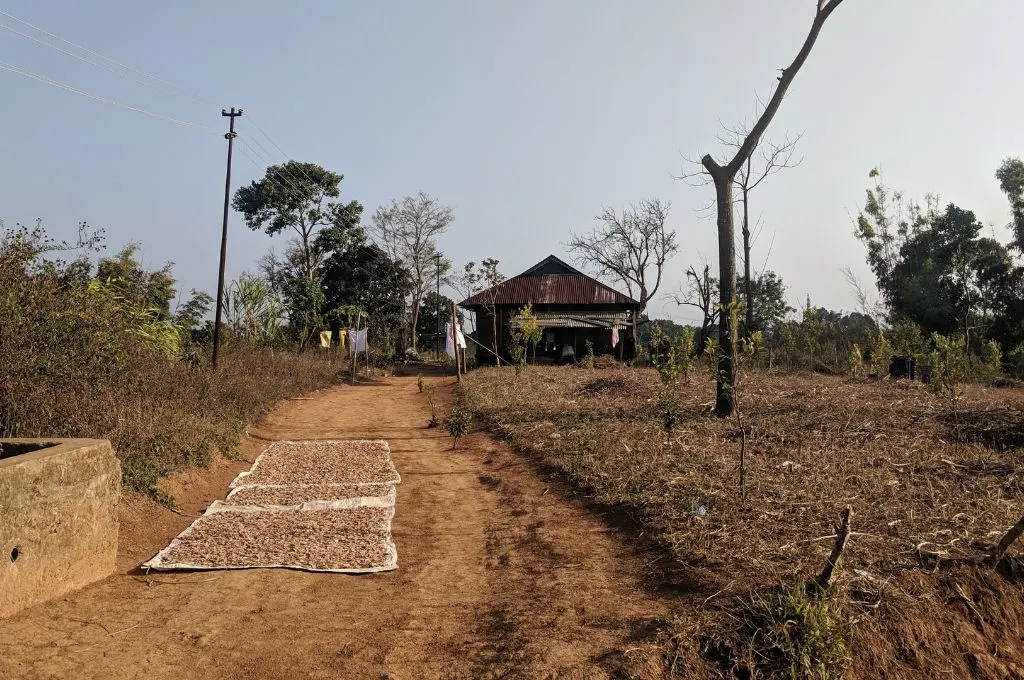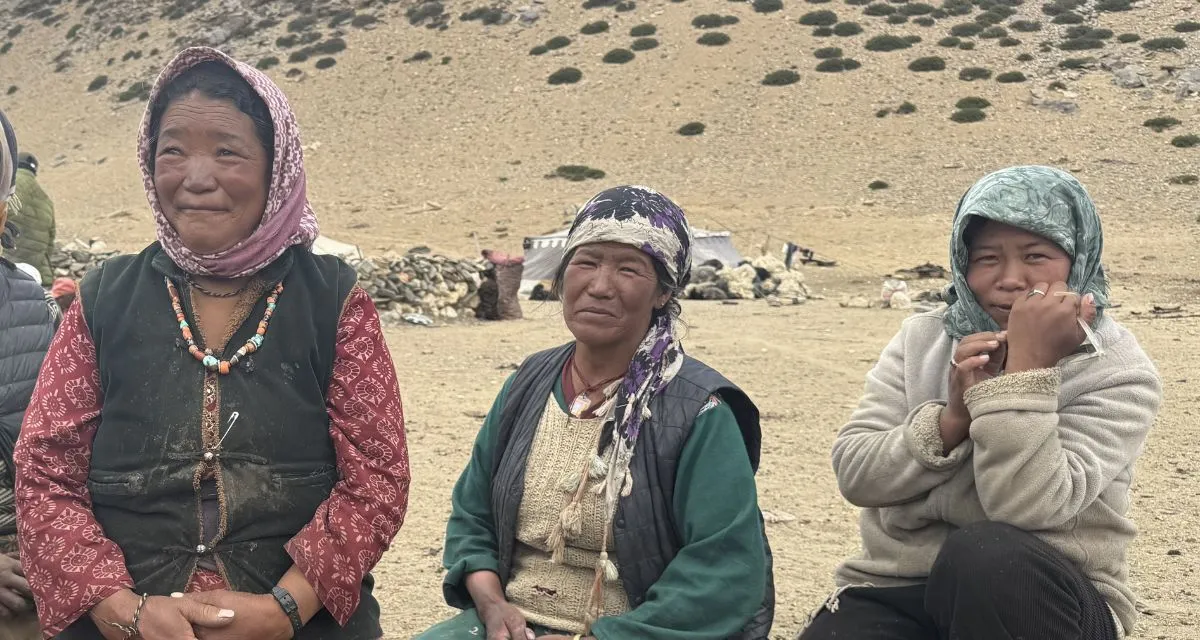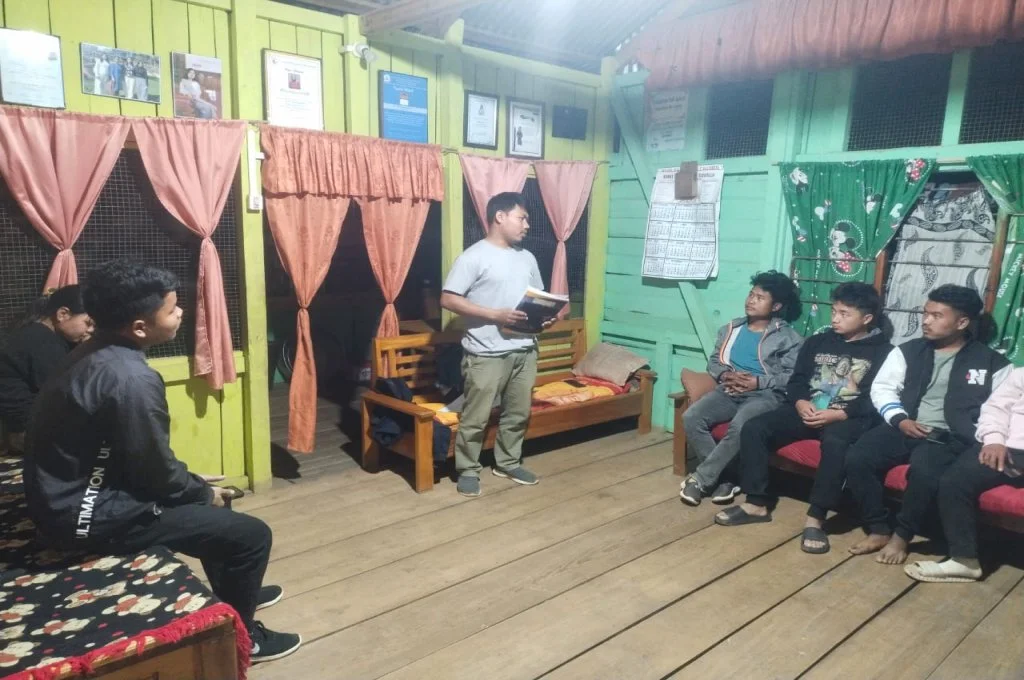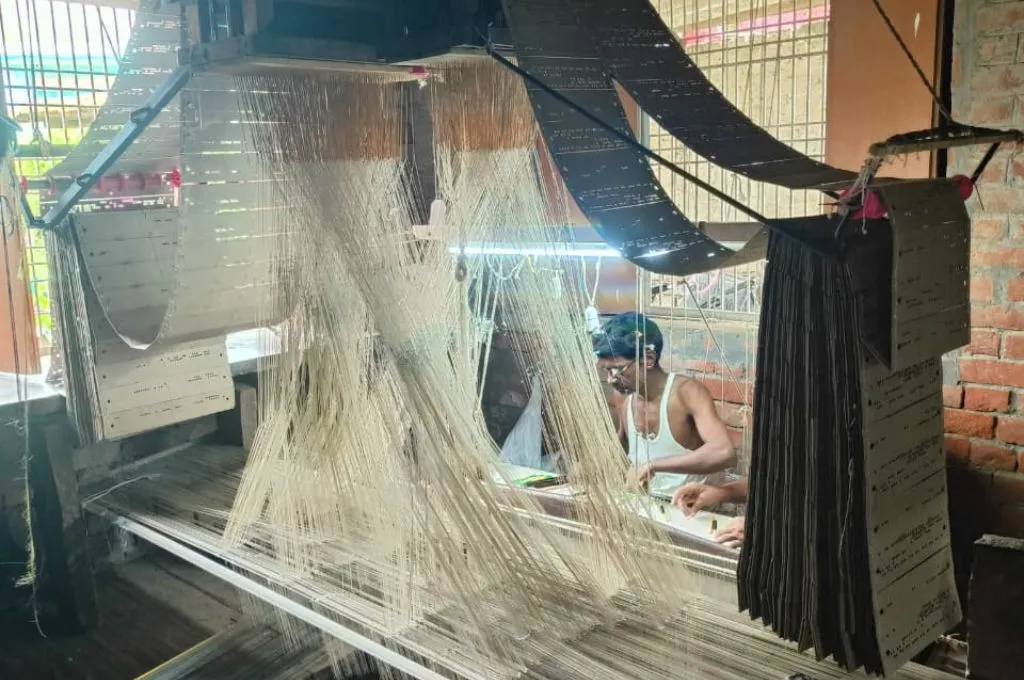What’s getting in the way of maternal healthcare in Kalahandi?
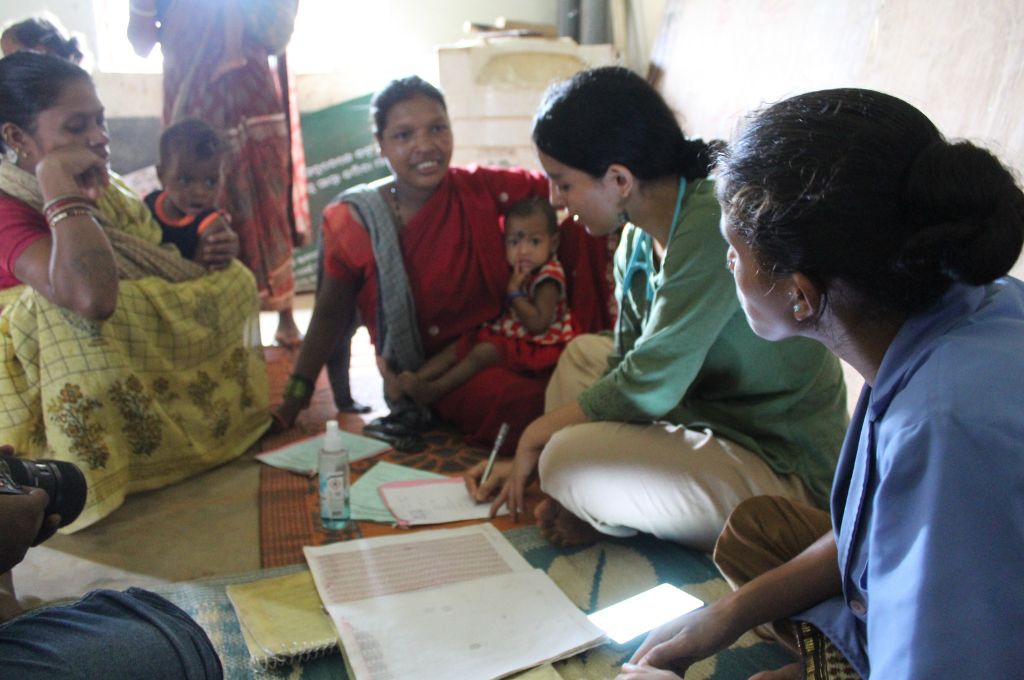
In Poladumer village, located in the Thuamul Rampur block of Odisha’s Kalahandi district, the Kondh Adivasi inhabitants face numerous health-related challenges. The remote, rugged, and hilly terrain—prone to flooding during monsoon—renders healthcare services entirely inaccessible. In addition, the nearest primary healthcare centre is in Thuamul Rampur town, which is 50 km away. All of this leaves pregnant women and children under the age of five particularly vulnerable—malaria, tuberculosis, and a high maternal mortality rate prevail. To bring medical services closer to pregnant women, Swasthya Swaraj, the nonprofit that I work with, conducts antenatal camps (ANCs) in this area. But during the camps, I noted that health-seeking behaviour in the community is low.
On speaking with community members, I found that this is because they prefer to go to traditional healers—the guru guniyas—who live in the village and are typically men. The guru guniyas are seen as intermediaries between the people and the spirit that the community worships. However, people only visit them in case of symptoms; pregnant women, on the other hand, do not visit them at all.
The WHO recommends that pregnant women make at least four ANC visits. However, in Poladumer and its surrounding villages, this generally does not happen. While the ANC camps conducted by Swasthya Swaraj make it possible for women to get the required check-ups, maternal healthcare and institutional deliveries are not normalised behaviours. Upon examination by the doctor, the required medicines are provided along with a pack of boiled chickpeas and eggs. The distribution of eggs serves as a significant attraction for the women and children attending the camps, because of the malnutrition and poverty that persist in the region.

Typically, during the camps, there is no adult male accompanying the pregnant women, as men often migrate to other states and towns or engage in sustenance farming on nearby dongars (hills). Due to the severe lack of livelihood options, they have to work whenever work is available. We have also noticed that those working outside rural Kalahandi return and recognise the importance of healthcare for their families. However, women rarely, if ever, migrate with their husbands; therefore, despite increasing migration, there seems to be no change as far as their health is concerned.
Ann Mary Jimmy was part of the 2023 cohort of India Fellowship, a content partner for #groundupstories on IDR. Read the original story here.
—
Know more: Learn how the Kolam tribe in Maharashtra is moving towards safer delivery practices.
Do more: Connect with the author at annamariajimmyk@gmail.com to learn more about and support her work.


